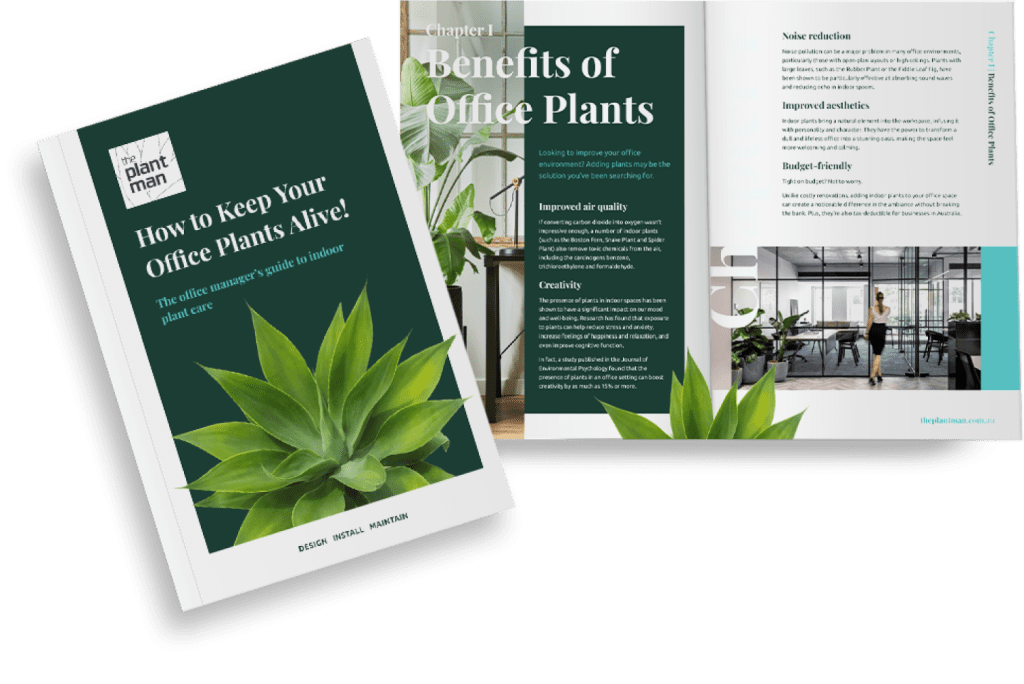Journey Around the World in 6 Popular Indoor Plants
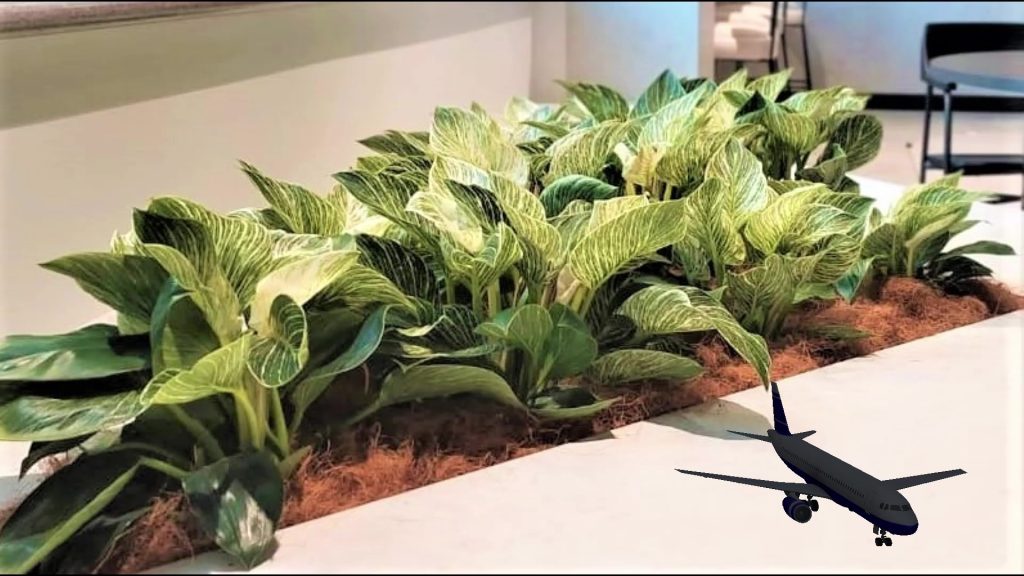
Adding new stamps to your passport opens up an endless amount of opportunities to discover new things – cuisine, fashion, architecture, language and, of course, plants.
No matter whether you’re exploring the crumbling ruins of Machu Picchu or the sweeping expanse of the Grand Canyon, you’re sure to find all sorts of new plants as you traverse the world. Plants are an irreplaceable part of travelling, as they add to the atmosphere of any place they are in. After all, could you imagine Greece without cypress trees or Canada without maple trees?

Unfortunately, not all of us can spend our lives constantly travelling so we have to satisfy our wanderlust with other means. And one way we can do that is through our indoor plants collection.
The Global History of Indoor Plants
Taking care of plants is one of the most human things we do. Across the world and all throughout history, people have been tending to their plants for countless reasons. While there isn’t a particular date we can point to as the beginning of the never-ending indoor plant trend, archaeologists have provided us with more than enough information to establish that potted plants have been brightening up human civilisation for thousands of years.
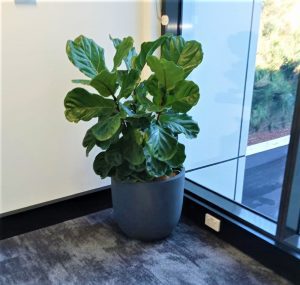
Around four thousand years ago, potted plants were considered a sought-after indoor ornament for wealthy families in Ancient Greece, Rome, Egypt and Mesopotamia. Other civilisations in China and India also kept potted plants, but these were mainly used in courtyards and outdoor gardens.
Fast forward a few thousand years into the Middle Ages and the popularity of indoor plant life had waned in Europe. It wasn’t until the 19th century that indoor plants became more realistic to keep in Europe, thanks to the invention of central heating. During the 20th century, indoor plants became even more accessible throughout the world with the steady rise of nurseries selling cultivated plants. Modernist and postmodernist design movements also boosted an interest in indoor plants as home designs slowly began blending nature with architecture.
Popular Indoor Plants from Around the Globe
Now that we’ve covered the long history of indoor plants, let’s journey across the world in 6 house plants that embody the natural beauty of the location they originate from.

Thailand
Aglaonema
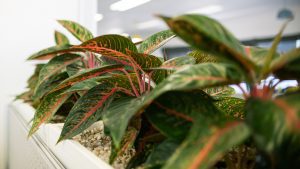
With unspoilt beaches, vibrant cities and lush tropical jungles, it’s safe to say that Thailand is a traveller’s paradise. Capture a piece of Thailand’s raw beauty in your home with an aglaonema, also known as a Chinese Evergreen. While the name may be a bit misleading, the Chinese Evergreen does in fact grow beyond China and throughout tropical and subtropical Asia and New Guinea.
Just as Thailand is famous for the brilliant colours that saturate its many temples and cities, the Aglaonema’s leaves are a rich green with bright pink flecks. If you want to introduce an Aglaonema to your indoor jungle, you’ll have to make an effort to mist it regularly. Aglaonemas prefer warm, humid environments reminiscent of the warm weather of Thailand. Keep your Aglaonema away from any air conditioning vents where irregular temperatures can impact its growth.
Mexico
Chamaedorea Seifrizii
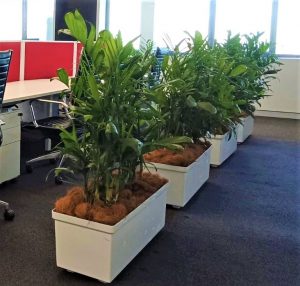
As the third largest country in Latin America, Mexico is a treasure trove of fascinating archaeological sites, colourful cities, pristine beaches and – of course – mouth-watering food. The chamaedorea seifrizii is an indoor plant that fully reflects the beautiful sites and culture of Mexico. Its rich green leaves and tropical aura will seemingly transform your home into a charming villa in Oaxaca.
This subtropical plant is a species of palm that can grow up to an incredible 20 feet tall. But don’t start measuring your ceiling just yet: the chamaedorea seifrizii will typically only reach 3 metres tall when indoors. As a famous air purifying plant, a chamaedorea seifrizii can actually remove carbon monoxide, formaldehyde and other nasty toxins from the air.

The best part? A chamaedorea seifrizii is a comparatively easy plant to care for. Ensure that your plant’s soil is consistently moist (but not soggy) and provide it with monthly fertilising in summer and springtime using a liquid fertiliser that has been diluted to half its original strength.
Colombia
Philodendron
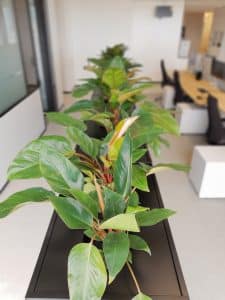
Let’s travel down from Mexico and into South America. Sitting at the top of the continent is the country of Colombia. About a third of the entire country is made up of jungle regions, meaning Colombia’s rich cultural history is more than matched by its impressive natural beauty. Head on down to Colombia’s Amazon region, where you’ll come across lazy sloths, giant otters that can reach an incredible 1.8 metres long, and the green, glossy Philodendron plant.
The Philodendron is one of the world’s most popular indoor plants – and rightfully so. There are two different types of Philodendrons: vining and non-climbing. A vining Philodendron can grow several feet long if provided with a support structure to climb, such as a basket or a bookshelf. Its climbing ability makes it the perfect plant for a living wall installation.
But no matter whether you choose a vining or a non-climbing variety, a Philodendron will instil a slice of the Amazon into your indoor plant collection. They are generally low-maintenance plants, but you’ll still need to provide your Philodendron with a warm home that has a decent amount of indirect sunlight and moisture.
South Africa
Jade Plant
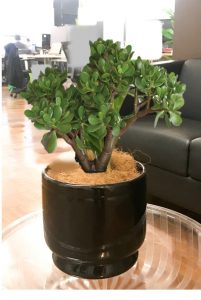
Amidst the lush greenery and rocky mountains of the Kwazulu-Natal province of South Africa lives a succulent plant that goes by many names. But no matter whether you call this plant a Jade Plant, Money Plant, Lucky Plant or a Crassula Ovata, one thing is clear: this succulent is a popular indoor plant for a good reason.
The Jade Plant is one of the most common house plants in the world, with millions of homes taking full advantage of its tough and undemanding disposition. Jade Plants have also garnered a reputation for being lucky and are considered good feng shui in several Asian cultures. This reputation isn’t ungrounded, either. Back in its original home of South Africa, the Jade Plant is used by local communities as a medicinal plant and can actually cure skin warts.

One of the biggest mistakes you can make with tending to a Jade Plant is overwatering it. As they originate from South Africa, Jade Plants thrive in warm, dry environments – just like your home. Ensure your Jade Plant is kept in a bright spot in your home if you want to see it truly blossom (both figuratively and literally speaking).
England
English Ivy
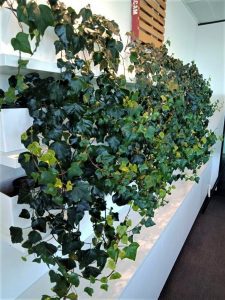
When you think of the English countryside, you probably picture a stone cottage draped with vibrant green vines and shrouded in early morning mist. While English Ivy grows throughout Europe and parts of the Middle East, its lush foliage is quintessential to the quiet villages of England and Wales, where it can commonly be seen enveloping buildings. Exterior ivy actually serves a unique function in insulating homes from both the cold and heat.
But that’s not to say that English Ivy can’t serve a purpose inside your home too. To infuse a dose of English countryside into your home, try planting ivy in a container with good drainage and placing it beside a window. You can even encourage the ivy to climb across your wall or shelves by using garden tape to guide the ivy to grow towards its desired direction. This is the perfect plant to create a vertical garden in an office or at your home,
And remember – even though it rains a lot in England, English Ivy prefers soil on the drier side. You’ll probably only need to water your English Ivy once every fortnight.
Australia
Kentia Palm
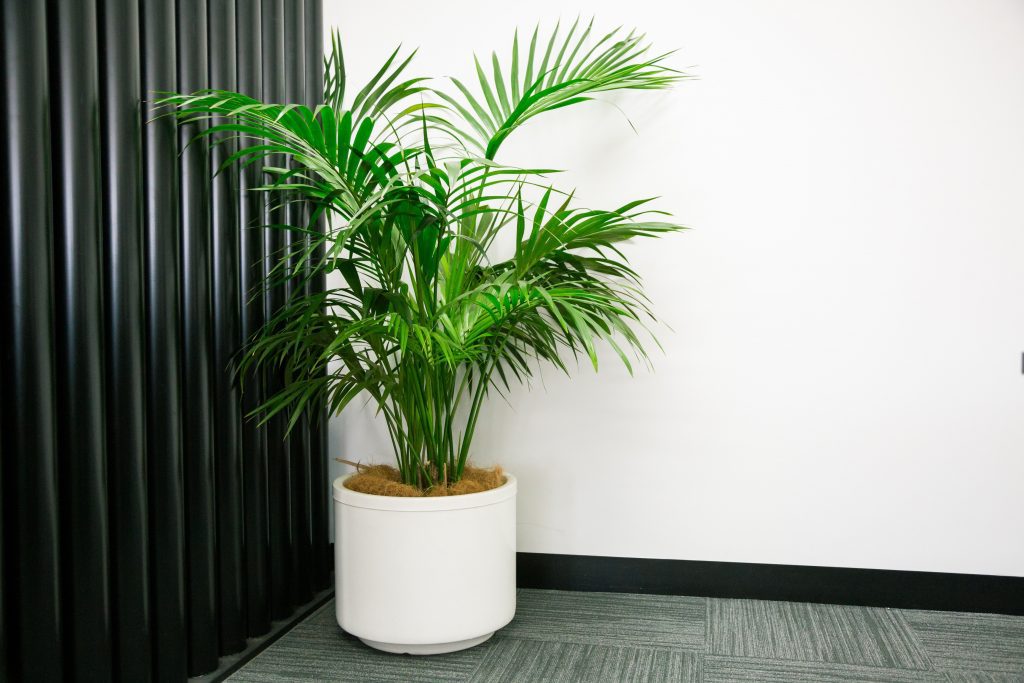
Off Australia’s coastline lies Lord Howe Island – a tropical paradise surrounded by crystal clear waters dotted with radiant coral reeves. On this island, you’ll also find the Kentia Palm. Luckily for those of us who live outside the small island, the Kentia Palm is a common indoor plant that is relatively easy to care for.
Established kentia palms are reasonably drought tolerant. This means you’ll have to water the top inch of your palm’s soil when it dries out. Mist your Kentia Palm to replicate the humidity of Lord Howe Island and ensure that it looks as stunning as it would in its natural, tropical habitat.
International Indoor Plant Collection & Identification

Why collect fridge magnets or snow-globes from all the countries you visit when you can collect popular indoor plants instead?
If you are considering adding new, international plants to your indoor plant collection, it’s important to take the time to understand their origins. Researching where plants come from provides you with greater insight into its care and allows you to create an environment that properly supports the plant’s growth.
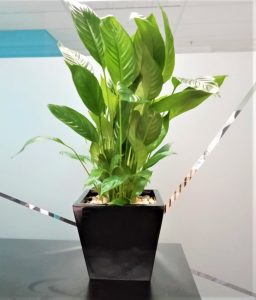
Plant identification apps such as PlantSnap or Planta can help you identify plants and discover their backgrounds. These apps can also be a fantastic way to identify common plants you notice while travelling to new countries. By recording the plants you stumble across throughout your travels, you can also make a note of the ones that are suitable for indoor living. Then, when you finally arrive home, you can get started on adding to your indoor plant collection.
Want to create an inspiring workplace that fuses together different cultures and countries through plant life? The Plant Man offers indoor plant hire in Sydney and our expert team knows exactly how to curate the perfect international indoor garden for your office. Get in touch with The Plant Man to discover our office plant care maintenance can infuse your office space with a touch of wanderlust through indoor plant life.
